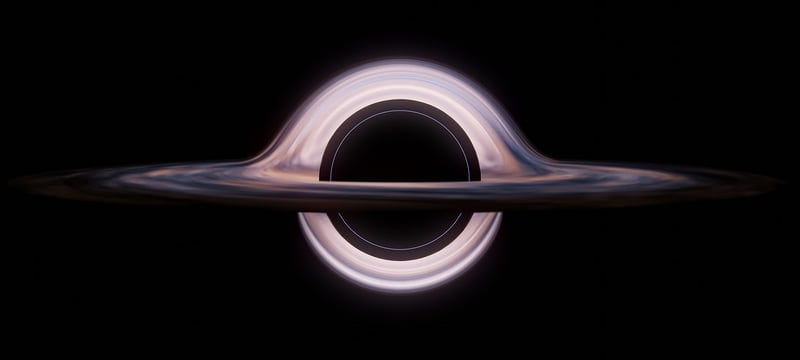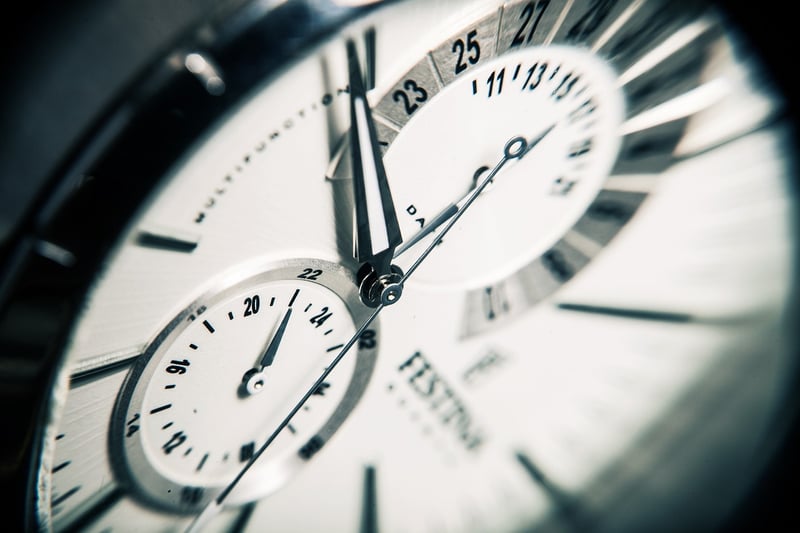Temporal Loops
Navigating Time Conundrums and Temporal Loops
Time travel has long been a captivating concept in science fiction, often leading to intricate plotlines involving time conundrums and temporal loops. From the classic "Groundhog Day" to the mind-bending "Interstellar," these narratives challenge our understanding of cause and effect, destiny, and free will.
Understanding Time Conundrums
Time conundrums are paradoxes that arise when the laws of physics are seemingly violated due to time travel. One famous example is the grandfather paradox, where a time traveler goes back in time and prevents their grandfather from meeting their grandmother, thus preventing their own birth.
Other common conundrums include the bootstrap paradox, where an object or information exists without being created, and the predestination paradox, where actions taken to prevent an event actually cause it.
Dealing with Temporal Loops
Temporal loops, also known as causal loops, occur when an event influences its own past, creating a loop with no discernible origin. These loops can lead to characters being trapped in a cycle of events they are unable to change.
One way to navigate temporal loops is through the concept of self-consistency, where events in the past are already predetermined by actions taken in the future. This idea suggests that time travelers cannot alter the past but may unknowingly contribute to it.
Embracing the Complexity
While time conundrums and temporal loops may seem perplexing, they offer a fascinating exploration of causality and the nature of time itself. As viewers and readers, we are invited to ponder questions about the consequences of our actions and the interconnectedness of past, present, and future.
So, next time you delve into a time travel story, embrace the complexity of paradoxes and loops, and enjoy the journey through the twists and turns of temporal narratives.


